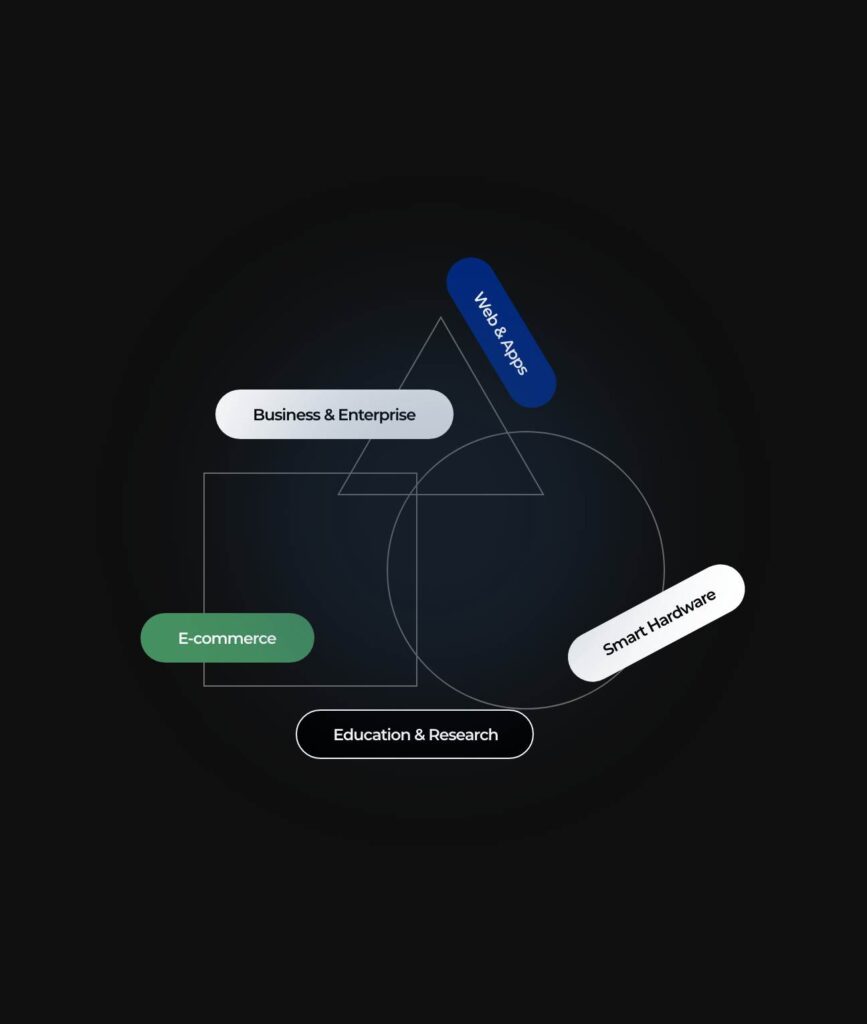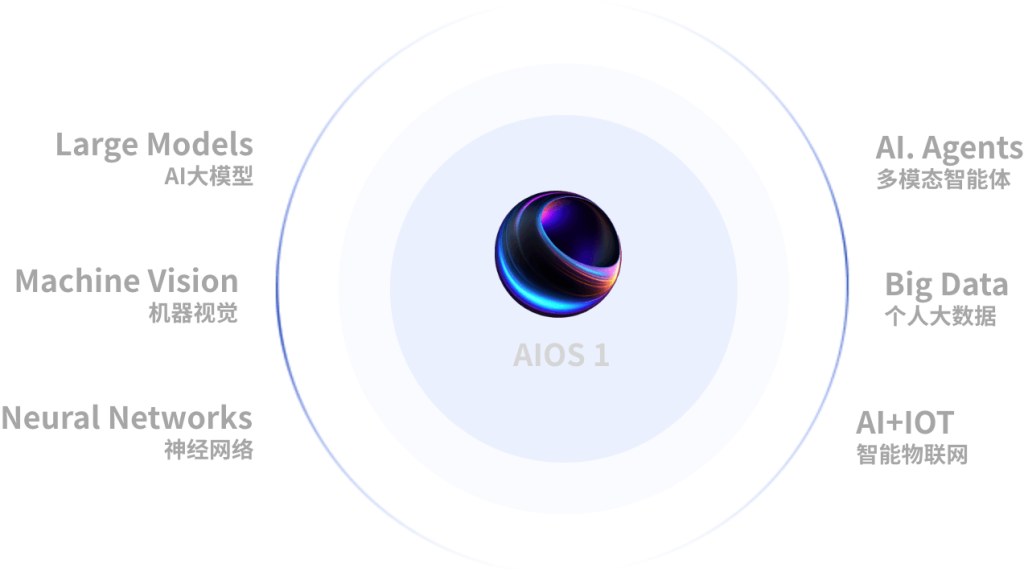In recent years, artificial intelligence (AI) has emerged as a transformative force across various industries, fundamentally altering the way businesses operate. Two distinct areas where AI has made significant inroads are Human Resources (HR) and Logistics. This article explores the latest trends, solutions, and applications of AI in these two critical fields, with a particular emphasis on the innovative uses of OpenAI Codex.
## **AI in Human Resources: Enhancing Talent Acquisition and Management**
AI is redefining the HR landscape by automating routine tasks, enhancing recruitment processes, and providing data-driven insights for better decision-making. Organizations are increasingly leveraging AI technologies to streamline their HR functions, making them more efficient and effective.
. One of the significant applications of AI in HR is in the recruitment process. Traditional recruitment methods often involve sifting through countless resumes, leading to delays and potential biases. By employing AI-powered tools, employers can automate the initial screening process, allowing for a quicker evaluation of candidates based on predefined criteria. For instance, companies like HireVue and Pymetrics utilize AI algorithms to assess candidate suitability, thereby reducing time-to-hire and improving the quality of hires.
. Additionally, AI technologies are instrumental in enhancing employee engagement and retention. Organizations can analyze employee data to identify patterns indicative of dissatisfaction or disengagement. Tools like Glint and TINYpulse provide real-time feedback, allowing HR teams to address issues proactively and improve workplace morale. By leveraging AI-driven analytics, HR professionals can create targeted engagement strategies, ultimately reducing turnover rates and fostering a more productive workforce.
. Furthermore, the integration of AI in HR extends to training and development. Adaptive learning platforms powered by AI, such as LinkedIn Learning and Degreed, offer personalized learning experiences, allowing employees to acquire skills tailored to their career goals and the organization’s needs. These platforms analyze individual learning patterns, enabling continuous skill development and career progression.
## **AI in Logistics: Streamlining Operations and Enhancing Efficiency**
The logistics industry, characterized by complex supply chains and the need for timely delivery, is also experiencing significant advancements through AI technologies. From route optimization to inventory management, AI is proving to be a game-changer.
. One of the primary applications of AI in logistics is in optimizing supply chain operations. Companies like DHL and UPS utilize AI algorithms to analyze vast amounts of data for more efficient routing of delivery vehicles. By considering factors such as traffic patterns, weather conditions, and delivery windows, AI not only reduces transportation costs but also enhances delivery speed, leading to increased customer satisfaction.
. AI algorithms are also making strides in demand forecasting, a critical component of effective inventory management. Retailers and manufacturers can employ machine learning models to predict fluctuations in customer demand based on historical data and market trends. For example, companies like Amazon and Walmart utilize AI-driven analytics to optimize inventory levels, ensuring they have adequate stock to meet customer needs without overextending their supply chain resources.
. Furthermore, AI’s role in logistics extends to warehouse automation. Robotic process automation (RPA) and AI-driven robotics are increasingly being deployed to streamline warehouse operations. For example, companies like Kiva Systems (now part of Amazon) have developed robots that assist in picking and packing goods, resulting in faster order fulfillment and reduced labor costs.
## **OpenAI Codex: Bridging the Gap between AI and Human Input**
An exciting development in the realm of AI is OpenAI Codex, a language model designed to understand and generate code. This innovative tool has the potential to revolutionize various industries by simplifying the coding process and enabling professionals to focus on higher-level tasks.
. OpenAI Codex can be utilized in both HR and logistics applications, bridging the gap between technical expertise and business needs. For instance, HR professionals can harness Codex to automate various HR functions, such as generating job descriptions, creating employee engagement surveys, or even analyzing employee feedback in natural language. By using AI to handle these repetitive tasks, HR teams can allocate more time to strategic initiatives that drive company culture and employee satisfaction.
. Similarly, in the logistics sector, OpenAI Codex can streamline operations by assisting logistics managers with route planning and inventory tracking software development. Codex can automate the generation of code required for data analysis tools, enabling logistics teams to derive actionable insights more quickly. As a result, organizations can make timely decisions that enhance operational efficiency and ultimately improve service delivery to customers.
. By democratizing coding, OpenAI Codex opens doors for non-technical professionals to engage with AI and technology, promoting collaboration across departments. This cross-functional engagement can lead to innovative solutions that drive business performance in both HR and logistics.
## **Trends and Future Prospects**
As AI technologies continue to evolve, both HR and logistics sectors will likely see even greater integration of AI solutions. A few notable trends include:
### **1. Enhanced Predictive Analytics:**
The use of predictive analytics in HR to anticipate employee turnover and identify high-potential talent will become more sophisticated. In logistics, predictive maintenance of equipment will reduce downtime and enhance operational efficiency.
### **2. Ethical AI and Compliance:**
As AI adoption increases, organizations will need to address ethical considerations, particularly concerning hiring practices and data privacy. Implementing responsible AI systems will be crucial for maintaining trust and compliance with regulations.
### **3. AI-Driven Personalization:**
In HR, personalized employee experiences will be tailored based on AI-driven insights. In logistics, AI can offer personalized delivery options for consumers, enhancing customer satisfaction and loyalty.
### **4. Collaborative AI:**
With tools like OpenAI Codex, the collaboration between AI and human professionals will deepen, leading to more innovative solutions and improved decision-making across industries.
## **Conclusion**
The integration of AI in Human Resources and Logistics marks the beginning of a new era for these industries. As organizations adopt AI solutions to streamline processes, enhance engagement, and drive efficiency, the potential for increased productivity and innovation is limitless. With tools like OpenAI Codex bridging the gap between AI and human capabilities, the possibilities for future growth and transformation are vast. Embracing these technological advancements will be key for businesses poised to thrive in an increasingly competitive landscape.
### **Sources**
1. HireVue. (2021). “How to Improve Your Recruiting with AI.”
2. Pymetrics. (2021). “Using AI to Transform the Recruiting Process.”
3. DHL Logistics. (2022). “The Future of Logistics: AI and Machine Learning.”
4. Rise of AI in Warehouse Automation. (2023)
5. OpenAI. (2022). “Introducing OpenAI Codex.”





























